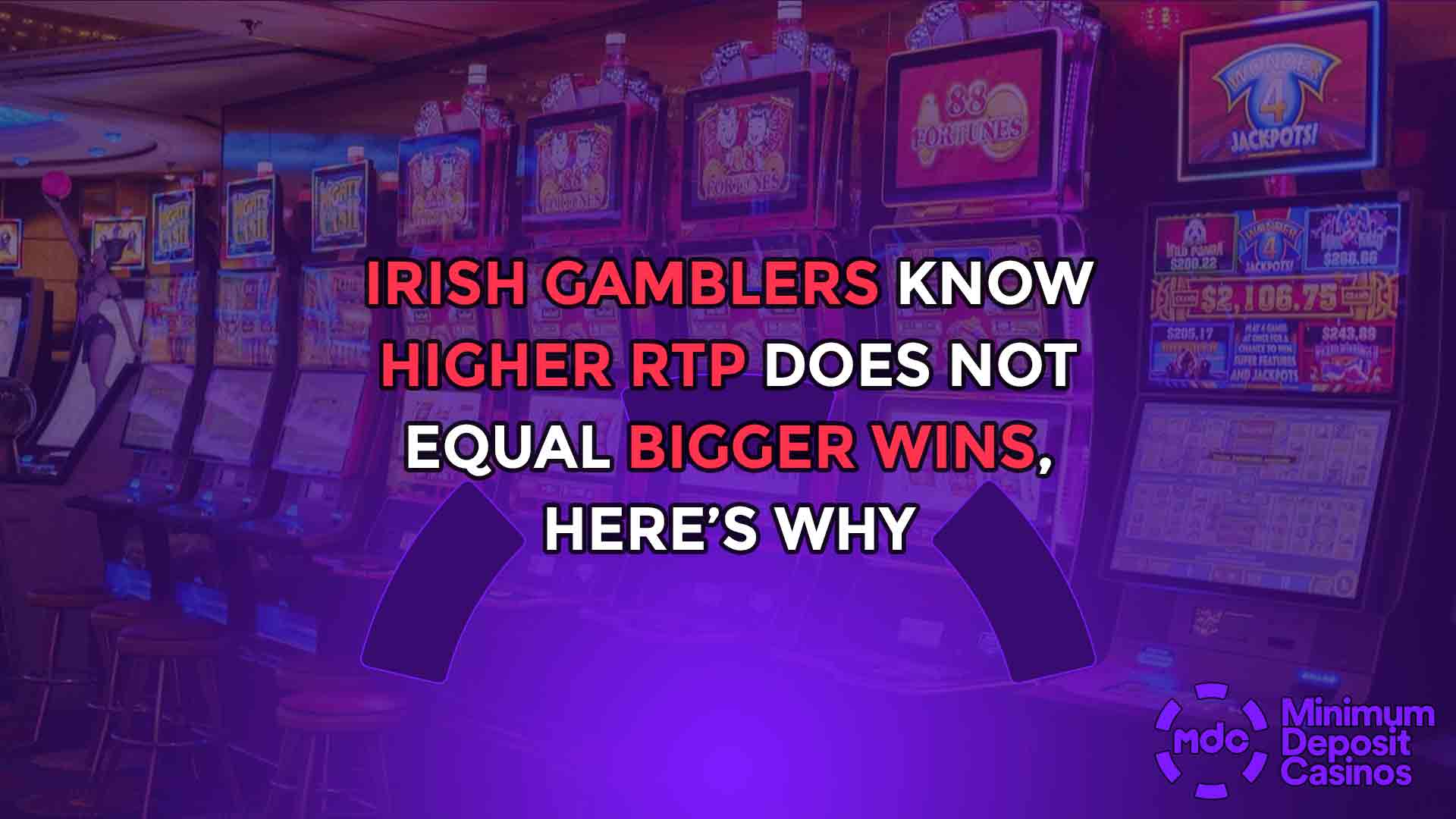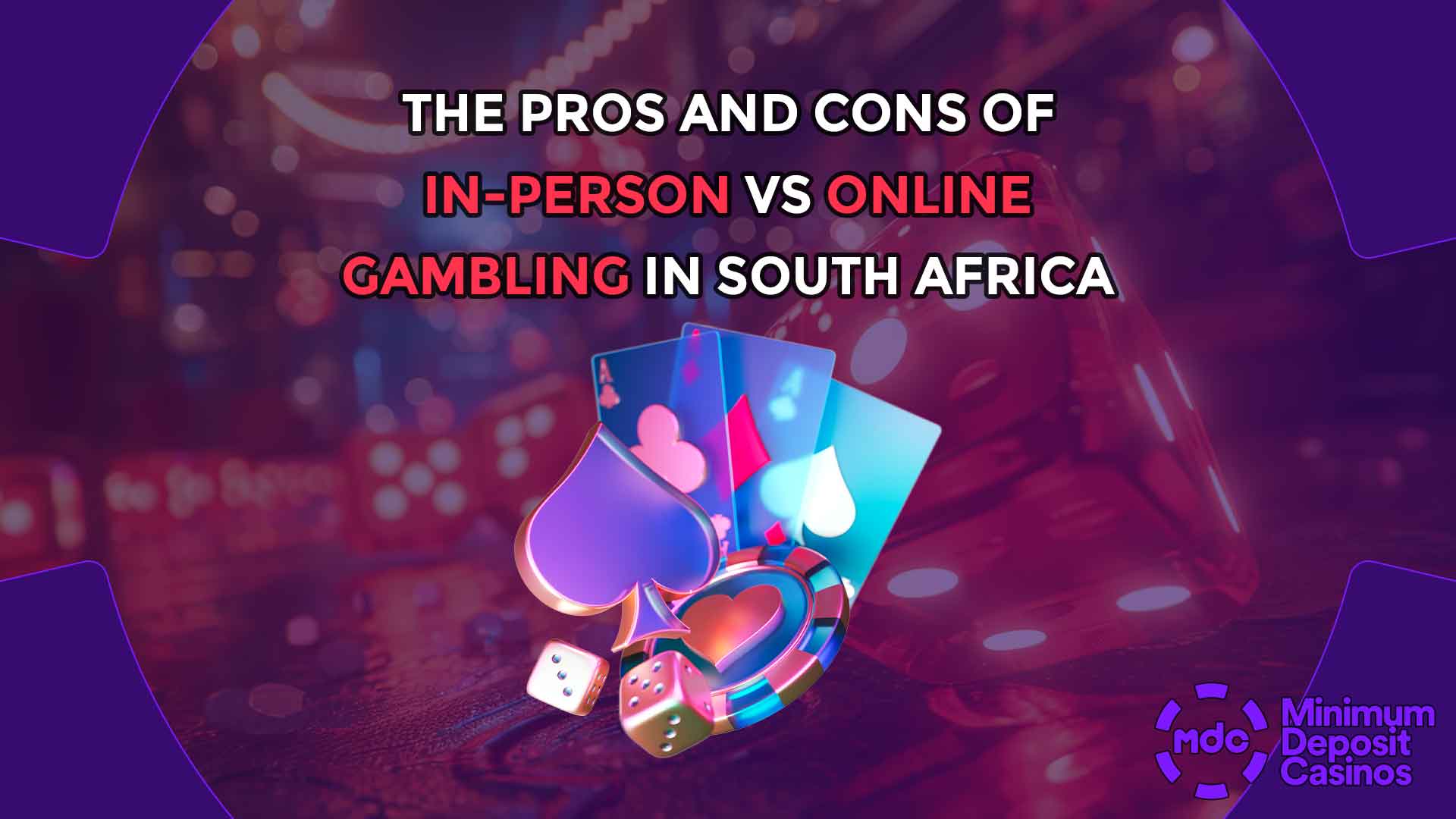
The Evolution of Slot Machines: From One-Armed Bandits to VR and AI-Powered Games
Did you know that more than 80% of adults in the US have played slots at least once? That’s right; these one-armed bandits are a hit with casino enthusiasts not just in the UK and the US but pretty much the entire world. But you’d be mistaken to think slot machines are modern-day inventions. Slot machines have come a long way from their humble beginnings in the late 19th century. What started as a simple mechanical device with spinning reels has evolved into a multi-billion-dollar industry powered by cutting-edge technology.
Join us today as we take a deep dive into the long-winded history of the one-armed bandit and its journey from clunky mechanical reels to AI-driven, immersive experiences.”Let’s get right into it.
The Birth of Slot Machines: The Mechanical Era
The first slot machines graced San Francisco bars, saloons, and bowling alleys in the mid-1890s. As you’d expect, these slot machines were simple, only consisting of three spinning reels, five symbols, and a payout of only 50 cents—not enough to buy a banana in today’s time.
This snazzy machine, dubbed the Liberty Bell, was the brainchild of Bavaria-born American Chares Fey, earning him the title “the Father of Slot machines.” A mentioned the Liberty Bell had three spinning wheels, each consisting of five symbols:
- Spades
- Diamonds
- Hearts
- Horseshoe
- The liberty bell
Players would plop a nickel into the machine and pull the lever. This would spin the reels, and they would stop one by one, showing a random combination of symbols. If the symbols displayed were liberty bells, the players would receive the highest payout of 50 cents straight from the machine. The prize tiers for different symbol combinations were as follows:
- Matching Liberty Bells- Highest payout (jackpot)
- Matching hearts- Slightly less than the highest payout
- Matching spades or diamonds- Medium payout
- Matching horseshoes- lowest payout
It’s worth noting that prizes weren’t always cash prizes. Strict gambling laws meant that some slot machines offered non-cash rewards. These rewards included drink tokens, cigars, and even chewing gum.
As word about slot machines spread, the term “one-armed bandit” started gaining traction in pop culture. The “one-armed” bit stems from the lever that players pull to spin the lever. The “bandit,” on the other hand, is a play on how slot machines would empty the pockets of eager players looking to win the jackpot but failing every time.
Slot machines soon became a staple in bars, cigar shops, and saloons. They were an endless source of entertainment for gamblers, revellers, and customers in these establishments. The more players slots attracted, the larger the jackpot grew. With time, slot machines became a strategic revenue source. In fact, you can think of them as casinos’ bread baskets.
The Rise of Electromechanical Slot Machines
Liberty Bell slots enjoyed an 8-decade run before electromechanical slot machines stole the spotlights. Unlike Charles Fey’s purely mechanical slot machines, these slots used a combination of mechanical parts (gears, levers, and springs) with electrical parts like motors and solenoids.

The bottomless hopper, an electrical payout system, was the driving technology behind electromechanical slots. Before this invention, slot machines could only dispense a handful of coins. The bottomless hopper was an immediate game changer (quite literally) because players could now win hundreds of coins with a single pull of the lever.
Enter the 1960s, and the run-of-the-mill slot machine saw a massive leap in technological evolution. With the government loosening the reins of gambling laws, slot manufacturers and casinos now had more freedom to experiment. The result: larger payouts, flashier designs, and improved gameplay.
We have Bally Technologies to thank for inventing the first electromechanical slot, the money Honey, in 1963. The Money Honey could dispense a whopping 500 coins at once, introducing massive jackpots and lessening the workload for burned-out waiters and casino attendants. Besides improved coin dispensing, Money Honey slots also introduced extra reels and revamped the design with dazzling lights and sounds.
Money Honey Slots were just one of many slot machines that took the 1960s and 1970s by storm. However, it’s safe to say that Bally Technologies dominated the slot game with its innovative designs, with slots like:
- Big Bertha: A behemoth slot machine that stood over 7 feet tall with eight reels and a jaw-dropping jackpot
- Bingo-themed slots: Bally Technologies created bingo-themed slots to woo bingo enthusiasts and attract a broader audience. These slots combined bingo and slot elements by paying out rewards in bingo-style patterns.
- Line of Fruits Slots: As the name implies, these slot machines displayed lines of fruits instead of the conventional symbols. They were especially popular in kid-friendly settings and offered chewing gum as a reward instead of cash prizes.
That said, Bally Technologies didn’t enjoy a monopoly in the slots industry. Its close competitor, Aristocrat, designed the Wild Wet and Clubman slot machine series. The company was able to traverse borders and pull in players from other countries, especially Australia.
The Digital Revolution: The Introduction of Video Slots
Barely a decade after the invention of the electromechanical slot machine, Walt Fariley’s company, Fortune Coin Company, introduced the first video slot machine, the Fortune Coin. The Slot debuted in Las Vegas at the Hilton Hotel in Nevada.
Walt Frailey heavily borrowed from Bally Technologies’ design, specifically the flashing lights and sound effects. However, he figured he could kill two birds with one stone by using one device for both lights and sounds. Instead of mechanical reels, Frailer used a modified 19-inch Sony Trinitron display to show the reels. He also used logic boards to handle the other functions like randomization, sound, and payouts.
However, it wasn’t all smooth sailing for the Fortune Coin Company. Frailey’s invention was first met with heavy skepticism. Slot enthusiasts believed that replacing mechanical components with electronic parts left the game open to manipulation. There was also growing concern about the lack of physical coin payouts. Plus, most people in the ’70s and ‘80s were unfamiliar with technologies like Random Number Generators (RNGs) and CRT displays.
The first video slots also experienced similar hurdles with regulators. However, after extensive testing and several security modifications, Fortune Coin slots received approval from the Nevada Gaming Commission and were allowed in casinos across Las Vegas.
Innovations like Random Number Generators and microprocessors saw many casinos worldwide embrace video slots. Traditional slots used physical mechanisms to determine when the reels stopped. Avid slot players could exploit the game by using the same pull momentum to strike gold every time. RNGs ensure unpredictable outcomes by cycling through thousands of randomized numbers regardless of pull momentum.
Microprocessors significantly reduced the number of parts in a slot machine and also allowed for greater customization in terms of gameplay, bonus rounds, etc. With microprocessors and video displays, casinos could change slot themes without revamping the entire machine. Introducing bonus rounds and progressive jackpots was also a breeze. All they needed to do was program the slot machine, and voila! They were in business.
Video slots also led to the proliferation of thousands of slot games. Some of the most popular ones include Fortune Coin, Wheel of Fortune, and Double Diamond.
The Online Casino Boom: Slot Machines in the Digital Age
The Internet is one of the most revolutionary technologies in the slot machine industry. Its introduction in the 1990s paved the way for online slot machines where casual slot players and aficionados could play their favourite slot games from the comfort of their homes or sneakily in their offices and cubicles.
Online Slots trace their beginnings to 1994 after a small country in the Caribbean, Antigua and Barbuda, introduced the Free Trade and Processing Act. This act allowed companies to legally open and operate online casinos within the country’s jurisdiction. Intergaming Casino Inc, or ICI in shorts, was the frontrunner in the online casino space and was launched in 1995. Intercasino followed shortly after in 1996.
The slot players’ community is torn between traditional and online slots. Some spin junkies swear by traditional slots, citing the tactile feel, nostalgia, and in-person casino feel. On the flip side, digital-age players highlight convenience, game variety, and online community as key reasons why online slots get the edge over traditional ones.
It’s also worth noting that online slots have grown leaps and bounds from what they were during their inception. For starters, they’ve transcended personal computers and are now compatible with mobile devices like smartphones, tablets, and smart TVs. The cut-throat competition of the online space also means bigger bonuses and other incentives to attract and retain players.
Nowadays, you don’t even need to open your browser to play your favourite online slots. With instant play, you can download an app that takes you straight to the game. This allows you to skip the lengthy login and signup processes, taking you straight to the game. Slot players are also having a field day with progressive jackpots, where the jackpot amount grows with every spin and only resets once you win or quit the game.
The Modern Era: VR, AI, and the Future of Slot Machines
The last few decades have been nothing short of revolutionary for the slot machine industry. The electric ambience of casinos is no longer confined to the glitzy walls of Las Vegas or Atlantic City. Next-gen technologies like Virtual Reality put players right in the action without leaving their homes. VR headsets create immersive environments that mimic physical casinos. Players can interact with slot machines and other players as if they were physically present in said casino.
Once you put the VR headset on, you can walk around the virtual casino, pull levers, and interact with fellow players like they’re literally right next to you. Advancements in graphic design result in hyper-realistic environments, and the ambient spatial sound is the icing on the cake.
Are you looking to hop on the VR slot bandwagon? If so, here are some popular games to get you started:
- Big Spin VR Slots
- Apollos Slots VR
- SlotsMillion VR
- VR Slots 3D
- Jack and the Beanstalk VR
If you still want the tactile feel of pulling the lever without sacrificing the variety, immersion, and interactive quality of digital platforms, then Augmented Reality (AR) technologies offer the best of both worlds. AR overlays digital elements onto the physical environment. We’re talking about everything from graphics, text, animations, and even sound. In slots, AR tech can add bonus features or 3d digital animations to physical slots to spice up the game. It can also project slot machines on your physical environment like on your desk. That way, you can play slots anywhere at your convenience.
AI-Powered Slot Machines and Smart Casinos
These days, Artificial Intelligence (AI) is everywhere, from self-driving cars, robot waiters, and virtual healthcare assistants to smart casinos. AI uses special algorithms to help machines learn, understand, and adapt the way a human being would.
Thanks to AI, slot machines can create more personalized slot game recommendations based on players’ gaming history. This means bonuses, rewards, and prizes tailored to players’ preferences. More complex applications include subtly increasing the win ratio if the player is on a losing streak. Some AI-integrated slots can analyze player behaviour for signs of addiction and irresponsible gaming, then disable the game and sometimes even offer support. The technology has also allowed casinos to reward high-value players with bigger payouts. For instance, return players with bigger stakes will automatically get higher jackpots.
The Ever-Evolving World of Slot Machines
If you’d told Charle Fey 100 years ago (The Father of slot machines) that one day you’d play slots and win actual cash by wearing a headset, he’d call you downright crazy. From clunky machines with gears and springs to virtual projections, slot machines have evolved potentially. What has remained constant is the players’ love and enthusiasm for their favourite game.
The future holds plenty in store for slot machines as emerging technologies like blockchain and machine learning enter the scene. This could translate to more personalization, enhanced security, and better gameplay. We can’t wait!






